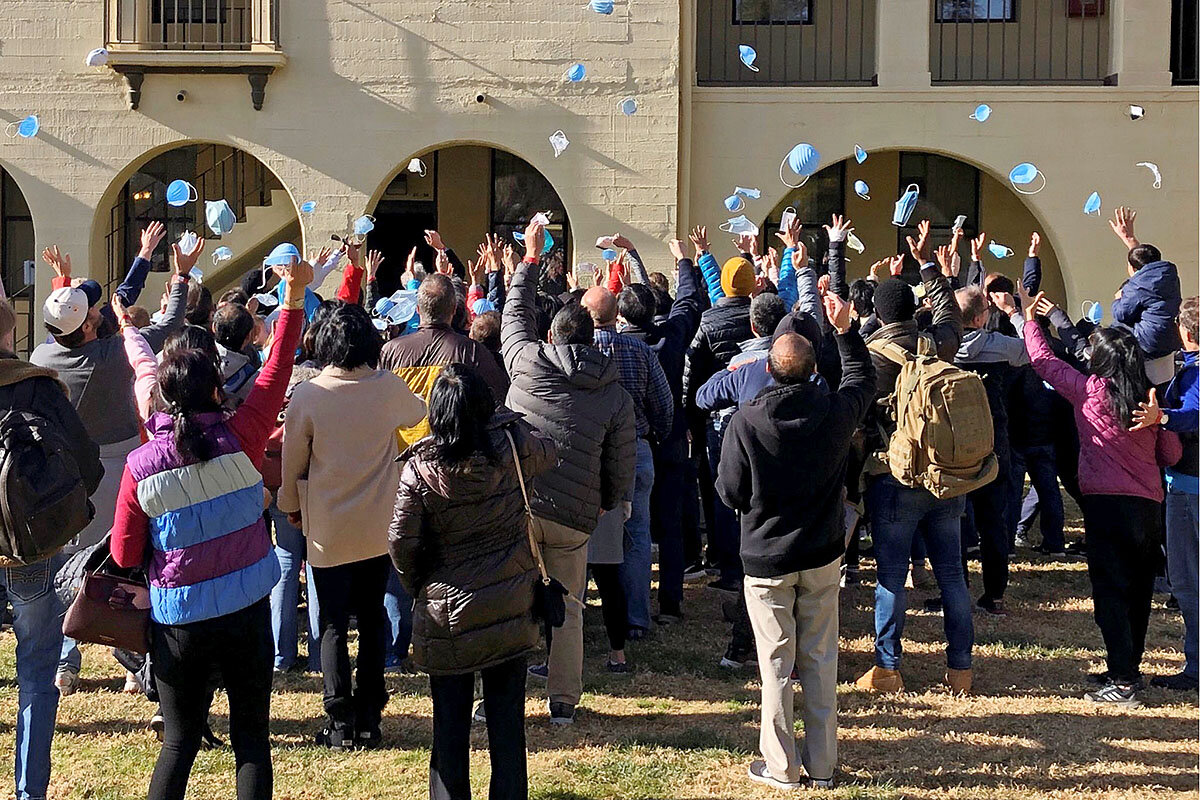If you want to fight a public health crisis, you need one thing in abundance: calm. But how do you keep fears at bay in a world saturated with social media?
Monitor Daily Podcast
- Follow us:
- Apple Podcasts
- Spotify
- RSS Feed
- Download
 Noelle Swan
Noelle Swan
Today’s stories explore the challenge of detangling fact and fear about coronavirus, what due process means for asylum-seekers, the stakes at play in Israel’s third presidential election in a year, what to make of the swarms of locusts ravaging East Africa, and a compassionate bid to rescue wallabies in Australia.
As science editor, I spend a lot of time thinking about how best to communicate with Monitor readers about climate change. Last night, I spent the evening learning how another publication does it. I moderated a panel discussion featuring four key collaborators on The Boston Globe’s most ambitious – and successful – climate story to date, “At the Edge of a Warming World.”
The problem with much climate coverage, Globe narrative editor Steve Wilmsen told the audience, is that it focuses on either dire predictions for a distant future or current circumstances in remote corners of the world. In short, it is easy to feel disconnected – as if climate change is something that happens to other people in some hopeless future.
That challenge is one we are familiar with at the Monitor. Those same principles guide our “Climate Realities” series. Where our reporters aim to transport readers into communities around the world, Mr. Wilmsen needed to bring the story home. So he took readers to a sacred place for many New Englanders: Cape Cod.
The end result, which took more than a dozen staffers over six months, is a 14,000-word immersive experience. It is an intimate portrait of a community struggling to hold onto a way of life that is slipping away. But it is also a call for hope. As lead reporter and writer Nestor Ramos wrote, “If we can still see it, we can still save it. But only if we look.”










